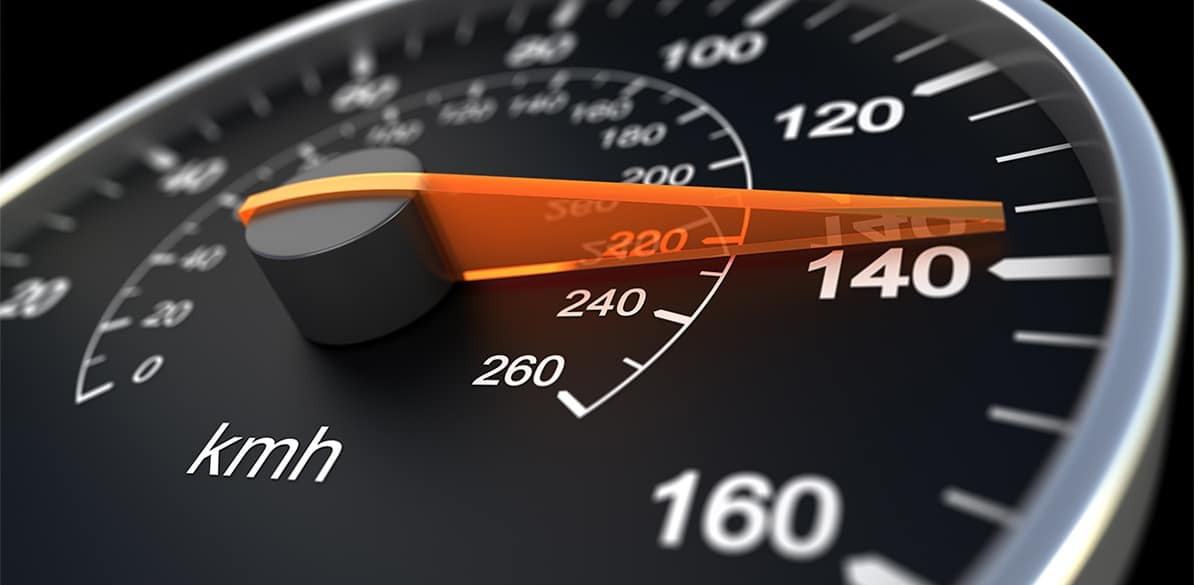Intelligent speed assistance
ISA system

Objective
To identify the speed limits on the road, to communicate these to the driver and not allow the vehicle to exceed them.
This system is used to minimize, as much as possible, the number of accidents caused by speeding by preventing the driver from exceeding the maximum speed allowed on the road.
How it works
There are two types of systems, which differ according to the way they work:
- Passive signal recognition systems: in this case road limitations such as speed, prohibitions and end of prohibitions are displayed on the instrument panel and/or multifunction display.
This signal either stays up until a new one is identified or is displayed for approximately four seconds, depending on the manufacturer. When the driver exceeds the maximum speed allowed on the road, the system alerts them either visually, acoustically or both. This is not the ISA system, as it does not affect the vehicle’s controls in any way.
- Active signal recognition systems: when the speed limit is exceeded, the active signal recognition system reduces the speed to the permitted speed. The system can be deactivated, returning the control of the vehicle to the driver, as soon as the driver accelerates.
Components
There are three types of configuration depending on the performance level:
- Multifunction video camera only: camera installed in the upper central part of the windshield, which analyzes the environment, reading signals and reporting the information on the multiplexed network.
- Navigation system only: this analyzes the speed limit information from the available maps. The effectiveness of the information is directly related to the percentage of GPS signal coverage and whether the maps are regularly updated.
- With a camera and navigation system: this analyzes the information from the camera which is compared to the maps in the navigation system, thereby increasing the reliability of the information received by the vehicle.
In addition to these components it has:
- An engine calculator to know the speed.
- Control panel and/or multifunction display.
Collisions avoided
- The intelligent speed assistance system helps prevent accidents due to speeding.
- It avoids fines for exceeding the speed limit and saves fuel.
Effectiveness
According to a study carried out by Fundación MAPFRE and CESVIMAP, based on the analysis of 500 accident reconstructions, if the speed limits of the road had been respected, 69% of collisions and 43% of collisions involving one or more vehicles would have been avoided.
Limitations
- In adverse weather conditions or if the sensors are dirty, the system will report this anomaly on the control panel.
- If the navigation system is not updated, it reduces or limits the effectiveness if maps are used to collect the information.
Cost
This ranges from 300 € to 1000 € depending on the driving assistance systems included in the pack.
Depending on the manufacturer, it is offered as standard or as an optional package, together with other systems, such as those for preventing involuntary lane changes and the autonomous emergency braking system.
Mandatory
From July 2022, this system will be mandatory for all vehicles weighing less than 3500 kg, excluding motorcycles, in the case of new approvals, and from July 2024 in the case of new vehicle registrations.
